Welcome to Snap-tastic Travel Photography
Travel photography is a delightful art that allows you to freeze the breathtaking moments of your journeys. Whether you’re a novice or a seasoned photographer, this guide will equip you with the tools and techniques to enhance your travel photography skills. Let’s embark on this captivating journey of capturing memories one snap at a time.
Gear Essentials
Choosing the Right Camera
Selecting the ideal camera for your travels is pivotal. A mirrorless camera offers a great balance of image quality and portability, while DSLRs provide versatility in challenging conditions. Remember, it’s not just about the camera brand; it’s about what suits your style.
Lens Selection for Different Scenarios
Different scenarios demand different lenses. A wide-angle lens can capture stunning landscapes, while a prime lens excels in low light and portrait photography. A versatile zoom lens is perfect for varied situations, offering flexibility in your shots.
Tripod and Stabilization Techniques
Don’t underestimate the value of a good tripod. It stabilizes your camera, ensuring sharp images, especially in low light or long exposure shots. Explore features like image stabilization and invest in a lightweight, portable tripod for your travels.
Mastering Composition
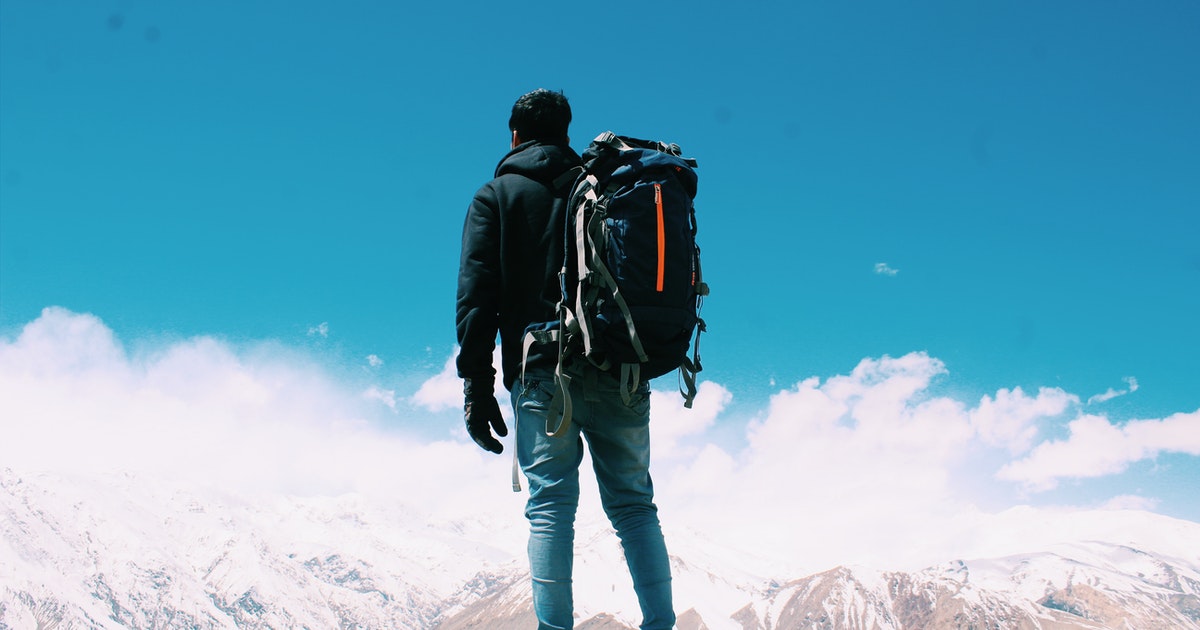
Rule of Thirds: Your Composition Ally
The rule of thirds is your trusted companion in composition. Imagine your frame divided into a 3×3 grid. Place key elements along these gridlines or their intersections to create a visually pleasing balance and draw the viewer’s eye.
Leading Lines and Framing
Incorporate leading lines, like roads or rivers, to guide the viewer’s gaze into the image. Experiment with natural frames, such as doorways or foliage, to add depth and context to your shots.
Balancing Elements in Your Frame
Balance is crucial in photography. Ensure that your frame is not too cluttered or empty. Use the concept of positive and negative space to maintain equilibrium, allowing your subject to shine.
Lighting and Timing
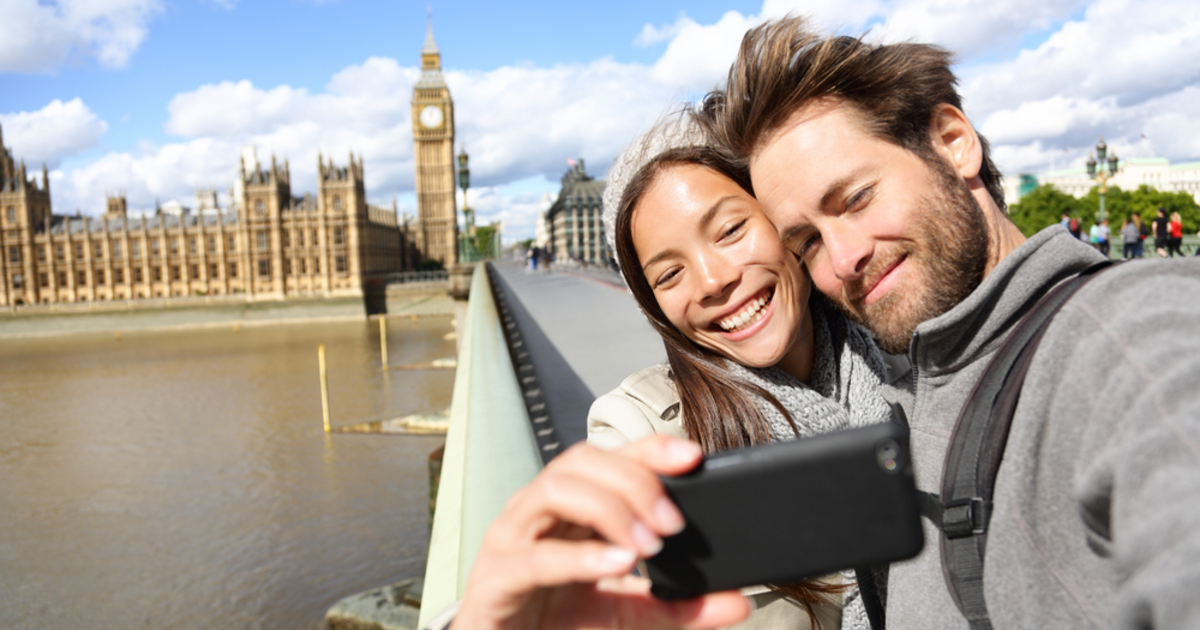
Golden Hours and the Best Light
Timing is everything in travel photography. The golden hours, shortly after sunrise and before sunset, bathe your subjects in soft, warm light, casting captivating shadows and creating a magical atmosphere. Plan your shoots accordingly.
Dealing with Harsh Sunlight
Harsh sunlight can be challenging. Use a lens hood to reduce lens flare, and consider using a polarizing filter to minimize reflections. Experiment with angles to find the most flattering light on your subject.
Creative Use of Shadows
Shadows aren’t your enemy; they’re your artistic tools. Embrace them to add depth and drama to your photos. Experiment with silhouette shots during sunset or use shadows to frame your subject.
Storytelling through Photography
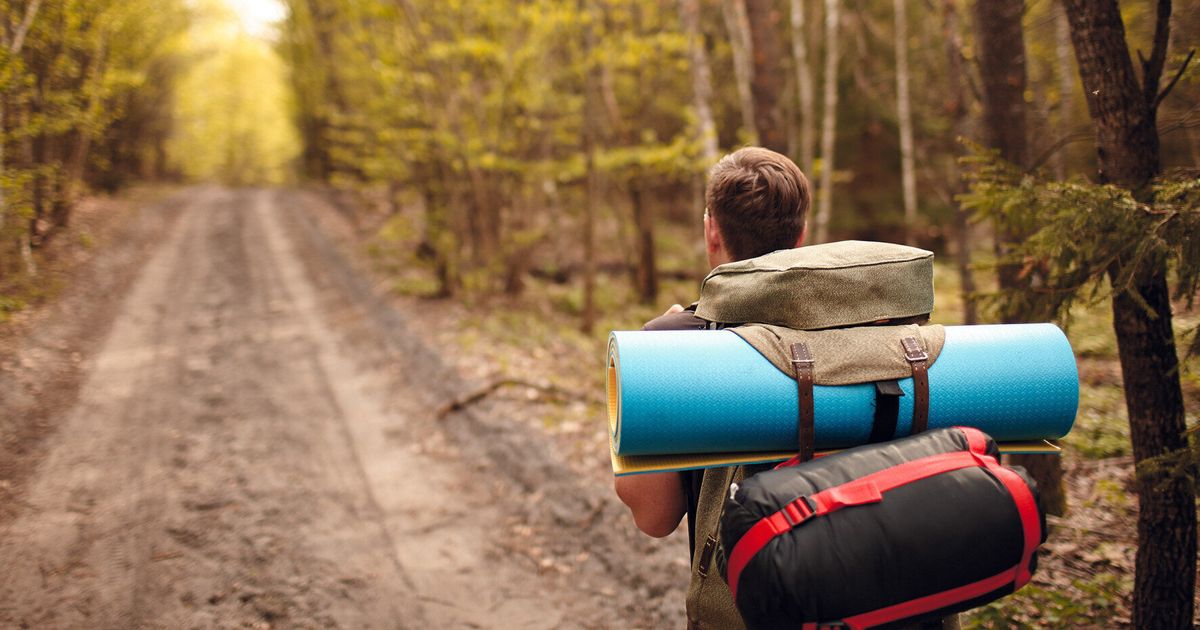
Finding Unique Angles
Capture the essence of your destination by seeking unique angles. Get low or climb high to discover perspectives that others might miss. Sometimes, lying on the ground can reveal a whole new world.
Capturing Local Culture and People
People are the heartbeat of a place. Engage with locals, respect their culture, and ask for permission before taking their photographs. Candid shots can convey authentic stories and emotions.
Telling a Story with Every Shot
Every photograph tells a story. Pay attention to details and incorporate them into your shots. Showcase the charm of a bustling market, the serenity of a remote village, or the energy of a cityscape.
Post-Processing and Editing
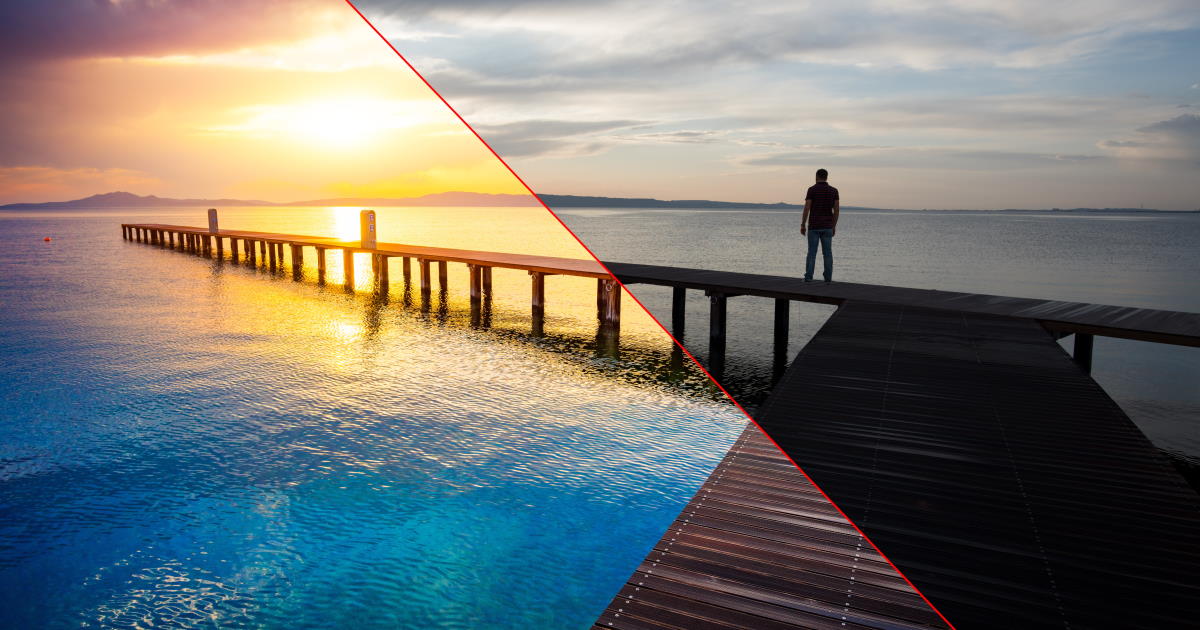
The Power of Editing Software
Editing software can transform a good photo into a great one. Learn the basics of software like Adobe Lightroom or Photoshop to enhance colors, contrast, and clarity. Remember, subtlety is key.
Enhancing Colors and Contrast
Adjusting colors and contrast can make your photos pop. Experiment with sliders to find the right balance, but don’t overdo it. Maintain a natural look that stays true to the scene.
Maintaining a Natural Look
While editing can work wonders, avoid excessive manipulation that alters the reality of your images. Preserve the authenticity of your travel experiences.
Bonus: Travel Photography Etiquette
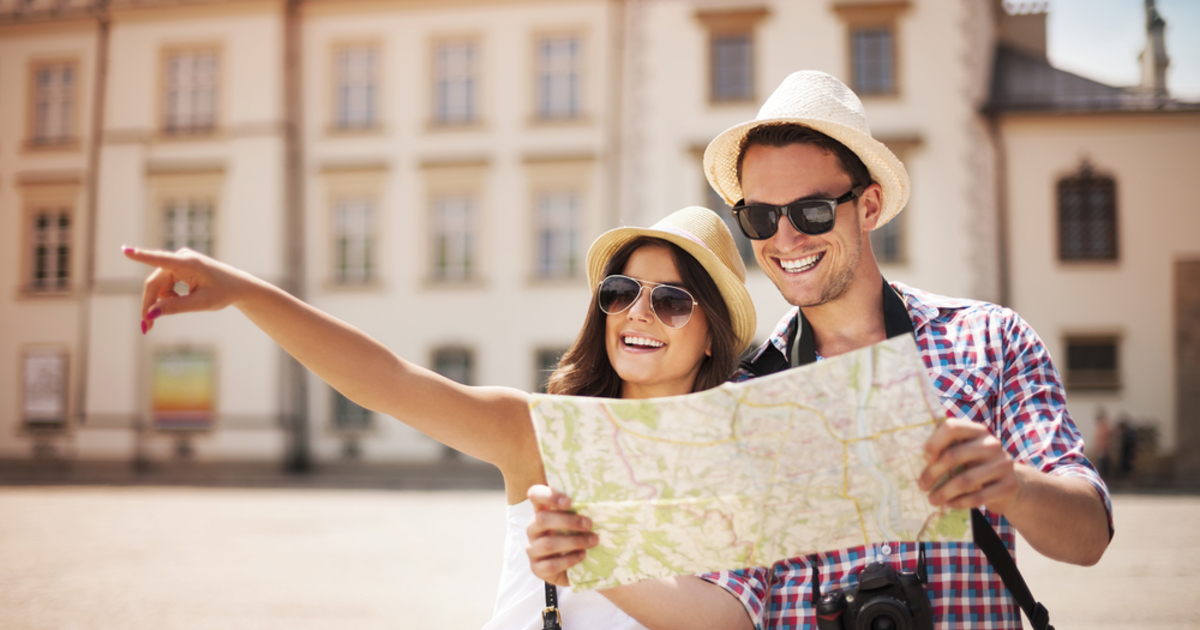
Respecting Local Customs
Respect local customs and traditions. Some places may have restrictions on photography, especially in sacred areas. Be mindful of these rules.
Seeking Permission to Photograph People
When photographing people, always ask for their consent. A simple gesture and a smile can go a long way in building rapport and capturing genuine moments.
Ethical Wildlife Photography
If you’re into wildlife photography, prioritize the welfare of the animals. Keep a safe distance and avoid disturbing their natural behavior. Never bait or harass wildlife for a shot.
Packing and Travel Tips
Packing Your Photography Gear
Pack your gear thoughtfully. Invest in padded camera bags to protect your equipment during transit. Use lens pouches and protective filters to safeguard your lenses.
Carry-On vs. Checked Luggage
Consider carrying your valuable gear in your carry-on luggage. Airlines may mishandle checked bags, and you don’t want your camera to be damaged or stolen.
Safety and Security Measures
Ensure your gear is insured, and keep a record of serial numbers. Use secure locks and choose accommodations with in-room safes for added peace of mind.
Research and Pre-planning
Destination Research for Iconic Shots
Before your trip, research iconic shots of your destination. Knowing the must-visit spots can help you plan your itinerary and get those postcard-worthy shots.
Weather and Season Considerations
Weather plays a significant role in photography. Be prepared for changing conditions and pack accordingly. Rain covers and UV filters are essential for all-weather shooting.
Shot List Creation
Create a shot list to stay organized. List down specific locations, subjects, or techniques you want to explore during your trip. It helps you make the most of your time.
Staying Inspired on the Road
Keeping Your Creativity Flowing
Travel can be overwhelming, but don’t let it stifle your creativity. Stay open to new experiences, and let your surroundings inspire your photography.
Learning from Local Photographers
Connect with local photographers if possible. They can offer valuable insights into hidden gems and unique angles that tourists might overlook.
Engaging with the Travel Community
Share your experiences and learn from fellow travelers and photographers. Join online forums, photography groups, and social media communities to stay connected.
Practical Tips for Travel Photographers
Keeping Your Gear Safe
Safety first! Invest in a secure camera strap and use it. Be discreet in crowded areas, and avoid displaying expensive gear unnecessarily.
Backup Strategies for Your Photos
Don’t rely on a single memory card. Use multiple cards and back up your photos regularly. Consider a portable hard drive or cloud storage for added security.
Travel Insurance for Photographers
Explore travel insurance options that cover your photography gear. It’s a small investment that can save you a fortune in case of loss, theft, or damage.
Conclusion: Unveiling the True Essence of Travel Photography
Travel photography isn’t merely about capturing images; it’s a profound and transformative experience that connects you with the world in a unique way. As we conclude this exploration into the realm of travel photography, let’s delve deeper into the essence of this art and how it can enrich your life.
A Journey of Discovery
Travel photography isn’t just about the final shot; it’s about the journey you undertake to get there. It’s an ongoing voyage of self-discovery and exploration. With your camera as your companion, you’ll find yourself venturing into uncharted territories, both geographically and creatively.
Each click of the shutter becomes a fragment of your travel story. The places you visit, the people you meet, and the emotions you experience all become part of your visual narrative. The act of photography forces you to immerse yourself fully in the moment, to see the world with a heightened sense of awareness.
Cherishing the Moments
Traveling with a camera in hand encourages you to slow down and savor the moments. It’s an antidote to the rush and chaos of the modern world. Instead of merely passing through a destination, you pause, observe, and appreciate the beauty that surrounds you.
The soft, warm light of a sunrise in a remote village, the laughter of children playing by the sea, the wrinkles on the face of an elderly street vendor—these are the moments that you capture and carry with you. Travel photography is a portal to a world of profound beauty, and through your lens, you become its storyteller.
The Art of Storytelling
Every photograph tells a story, and as a travel photographer, you’re a storyteller. You have the power to convey the emotions, history, and culture of a place through your images. Your photos become windows into different worlds, offering viewers a glimpse of what you’ve witnessed and felt.
Through your lens, you can share the struggles and triumphs of people in far-off lands, document the changes in landscapes and cityscapes, and capture the timeless moments that define a culture. Your photographs become a bridge between diverse cultures, fostering understanding and empathy.
The Path to Growth
Travel photography is a continuous learning process. It challenges you to push your boundaries, experiment with new techniques, and refine your skills. With each trip, you evolve as a photographer, developing a distinct style and perspective.
Don’t be afraid to make mistakes or take risks. Some of the most breathtaking photos emerge from unexpected moments. Embrace the unpredictability of travel and let it fuel your creativity. Whether it’s trying a new angle or capturing a spontaneous moment, every click is a step forward in your photographic journey.
A Source of Inspiration
Travel photography isn’t limited to capturing the world—it’s also about letting the world inspire you. The places you visit, the people you meet, and the stories you hear become a wellspring of inspiration for your art. Your camera becomes a tool for translating your experiences and emotions into visual poetry.
Engaging with local photographers and the travel community can also provide fresh perspectives and ideas. By sharing your work and learning from others, you can nurture your passion and continuously evolve as an artist.
Embrace the Journey
In conclusion, travel photography is more than just a hobby or a profession; it’s a way of life. It’s a journey of discovery, a celebration of moments, and a medium for storytelling. It’s a path of growth and an endless source of inspiration.
So, as you embark on your own travel photography adventure, remember to embrace the journey wholeheartedly. Cherish every moment, tell the stories that matter, and let your camera be your faithful companion on the path to capturing the beauty and diversity of our world. With each click, you’re not just preserving memories; you’re creating a legacy of experiences that will inspire and enrich the lives of those who view your work.
Start Capturing Your Snap-tastic Moments Today!
Now that you’re equipped with a wealth of knowledge and tips, it’s time to unleash your creativity and start capturing your own snap-tastic moments. Remember that every journey begins with a single step, and every photograph starts with a single click. So, pack your camera, embark on your next adventure, and let the world be your canvas. Happy shooting!
10 Frequently Asked Questions (FAQs) about travel Photography:
What camera gear do I need for travel photography?
The essential camera gear for travel photography includes a good camera (DSLR or mirrorless), a selection of lenses, a sturdy tripod, extra batteries, memory cards, lens cleaning kit, and a protective camera bag.
How can I choose the right camera for my travel photography needs?
To choose the right camera, consider factors like your budget, size and weight preferences, and the type of photography you plan to do. Research and read reviews to find a camera that suits your specific requirements.
What are the benefits of shooting during the golden hours for travel photography?
Shooting during the golden hours, shortly after sunrise and before sunset, provides soft, warm light that enhances the beauty of your subjects. It also creates long shadows and a magical atmosphere, making your photos more captivating.
How can I deal with harsh sunlight while taking travel photos?
To deal with harsh sunlight, use a lens hood to reduce lens flare, and consider using a polarizing filter to minimize reflections. Experiment with angles and shadows to mitigate the harshness.
What are some composition techniques for improving my travel photos?
Composition techniques include the rule of thirds, leading lines, framing, and balancing elements. These techniques help create visually pleasing and well-balanced photos.
How can I tell a story through my travel photography?
You can tell a story by finding unique angles, capturing local culture and people, and focusing on details that convey the essence of a place. Candid shots and careful framing can also help in storytelling.
What post-processing software is recommended for travel photography?
Adobe Lightroom and Photoshop are popular choices for post-processing travel photos. They offer a wide range of editing tools to enhance colors, contrast, and clarity while maintaining a natural look.
How can I maintain the authenticity of my travel photos while editing them?
To maintain authenticity, avoid excessive manipulation that alters the reality of your images. Enhance colors and contrast subtly, preserving the genuine feel of the scene.
What are some etiquette tips for travel photographers?
Etiquette tips include respecting local customs, seeking permission to photograph people, and practicing ethical wildlife photography. Always be considerate and respectful of the places and people you capture.
What should I pack to ensure the safety of my photography gear during travel?
Packing essentials include padded camera bags, lens pouches, protective filters, and a secure camera strap. These items help protect your gear from damage while on the move.
Should I carry my photography gear in carry-on or checked luggage when flying?
It’s advisable to carry your valuable photography gear in your carry-on luggage. This reduces the risk of damage or theft, as you have more control over your carry-on items.
How can I research and plan for iconic shots at my travel destination?
Research iconic shots by browsing travel guides, photography forums, and social media. Make a list of must-visit spots and consider factors like lighting and weather conditions.
How do I stay inspired and creative while on a travel photography journey?
Stay inspired by being open to new experiences, engaging with locals, and seeking advice from local photographers. Let your surroundings and the stories you encounter fuel your creativity.
What practical tips can ensure the safety of my gear and photos while traveling?
Practical tips include using secure locks, being discreet in crowded areas, and exploring travel insurance options that cover your photography gear. Always back up your photos regularly.
Why is travel photography such a rewarding pursuit?
Travel photography allows you to capture and share the beauty of the world, preserve memories, and tell unique stories. It’s a way to connect with different cultures and create lasting visual mementos of your adventures.
In our previous post on travel photography, we explored the art of capturing memorable moments on your journeys. If you’re interested in enhancing your photography skills further, check out our in-depth guide on 9 Secret Travel Tips for Memorable Journeys It dives deep into the principles of composition, including the rule of thirds, leading lines, and balancing elements, to help you create visually stunning and balanced images.
For additional insights into the world of travel photography, we highly recommend visiting the Medium Their article on “Choosing the Right Travel Photography Gear” offers valuable tips and gear recommendations for travelers looking to up their photography game. Explore their expert advice to ensure you have the right equipment for your next adventure.

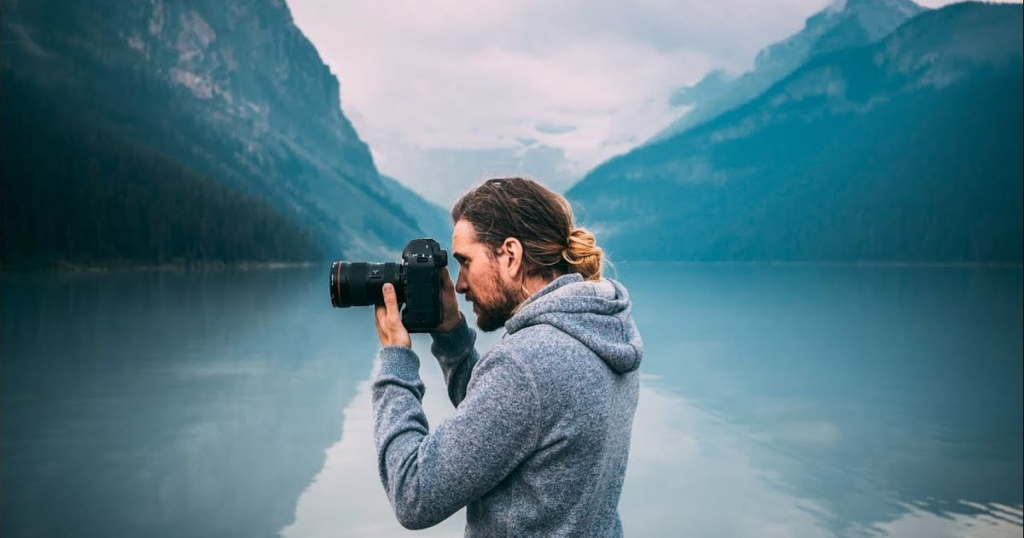




Uma resposta